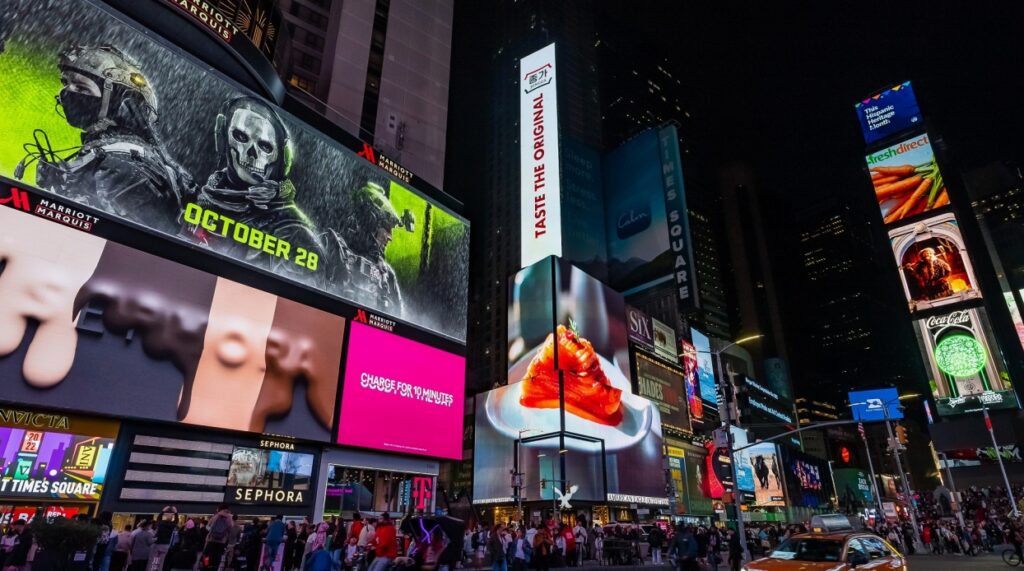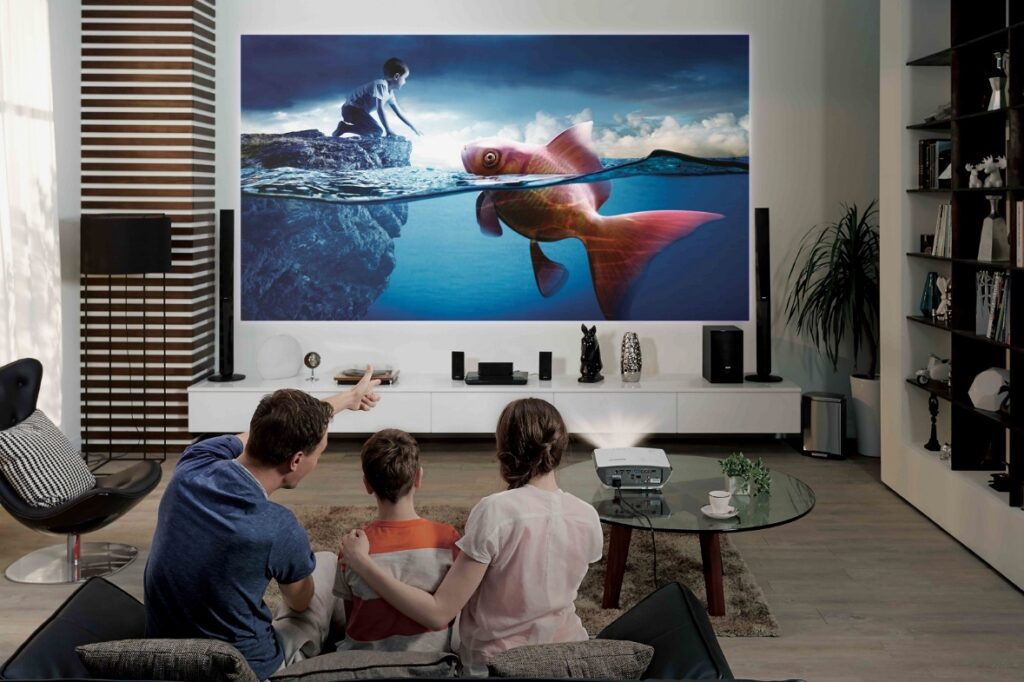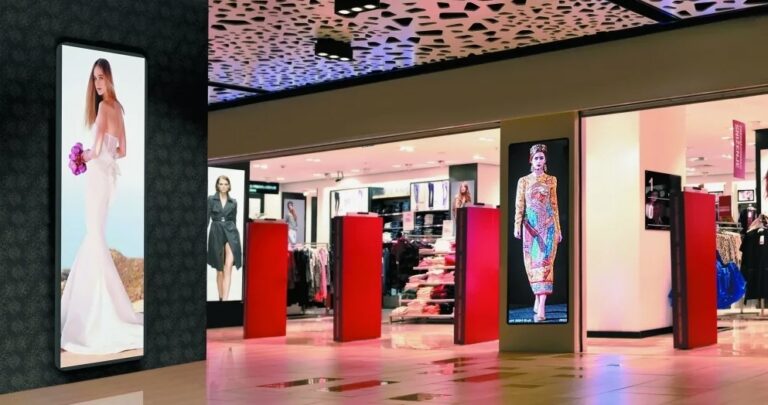As a professional LED display consultant, I provide you with the following detailed information on the impact of LED and LCD screens on eye health:
1. Blue Light Emission:
-
- LED screens may produce more blue light at high brightness settings, which can cause discomfort with prolonged exposure and increase the risk of macular degeneration. Here’s what you need to know about nit brightness.
- LCD screens emit relatively less blue light, causing less potential harm to the eyes.
2. Flicker Issues:
-
- Some LED displays might experience flickering issues due to fluctuations in current, leading to eye strain or headaches.
- LCD screens usually have more stable brightness output, with fewer flickering problems

3. Contrast and Brightness:
-
- LED screens offer higher contrast and brightness, providing clearer and more vivid images, which can reduce eye strain.
- LCD screens have lower contrast and brightness, potentially requiring more effort to focus, increasing eye fatigue.
4.Viewing Distance and Angle:
-
- The slim design of LED screens allows users to view them from closer distances without easily noticing pixel structure.
- LCD screens might require users to maintain a certain distance to avoid seeing the jagged edges of the screen.

5. Eye Comfort:
-
- Personal preference plays a significant role in screen choice. Some may find the high brightness and contrast of LED screens more comfortable, while others might prefer the softer visual effects of LCD screens.
6. Eye Protection Features:
-
- Some high-end LED screens come equipped with eye protection technologies like blue light filtering and flicker reduction to further safeguard eye health. COB LED display: exploring novel display technology.
- LCD screens typically lack these additional eye protection features.
7. Usage Habits:
-
- Regardless of the screen type, taking regular breaks and following the “20-20-20” rule (every 20 minutes, look at something 20 feet away for 20 seconds) helps reduce eye strain.
In conclusion, both LED and LCD screens have their pros and cons. LED screens are generally considered better for the eyes due to their more stable brightness, higher contrast, wider color gamut, viewing angles, and better adaptation to ambient light. However, it’s important to take appropriate eye protection measures such as regular breaks, maintaining proper viewing distance and brightness, and using blue light filtering technology regardless of the screen type chosen.





